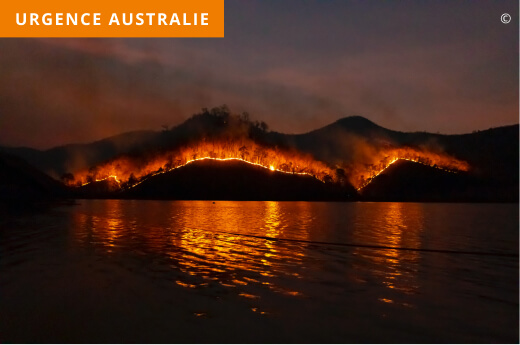WWF Belgique NEW WEBSITE
Balancing a wild content
ecosystem through an
immersive experience
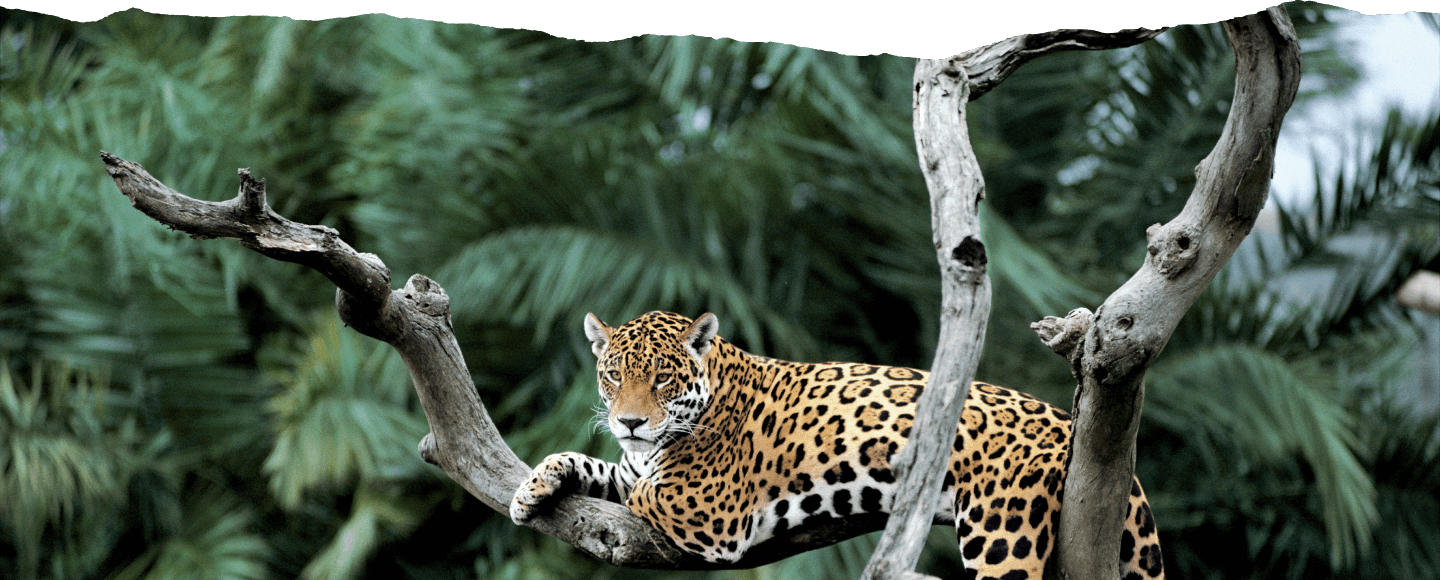
Our expertise
- Drupal Web development,
- Digital strategy,
- User Experience,
- Design,
- Analytics & optimization
It is a privilege to work on a digital project that has the power to make a positive impact on the world we live in. It is also a great responsibility. When WWF-Belgium trusted us with the redesign of their main digital channel, we wanted to deliver a website that was able to bring the user into an immersive experience capable of provoking reflection, but most importantly true, active engagement.
01 The story
Needless to say our whole team was very excited about this project from day one. Our challenge was to breathe new life into their website, reinforcing their global engagement, but staying locally rooted. The new website needed to serve the main purposes of broadening their community support, both through brand awareness and donations, as well as increasing the organisation’s reputation as a thought leader, with accessible yet substantial content.
Knowing they were struggling to make their previous CMS tools work with their internal flows, we understood that we would have to unite content and development to build a platform that was flexible and adapted to their needs. All that - and with a solid design system that could make sense of large amounts of information.

02 A wild ecosystem in need of sustainable balance
The WWF project is the perfect showcase for our content-first approach. As a respected source of data, information, and educational resources in its field, WWF-Belgium had a remarkable quantity and diversity of content, but it wasn’t really getting the visibility it deserved. Much like a plant growing in the shadow, we had to twist some branches around to find that perfect sunny spot.
The content had to be, above all, accessible.
In terms of form, this meant it had to be easily understood, while maintaining its substantial, detailed nature. It also meant that the content needed to be easily reached by the audience it was intended for. For that, SEO became a major player in the project and a strategy was built to be implemented on all stages - from early content production, through development, and later on through regular audits.
The organisation is very much a live entity, constantly updating data, initiating campaigns, events, releasing guides, reports, educational material... We needed to provide incredibly flexible tools, all the while sticking to a solid structure to make sense of it all. We needed balance. An ecosystem of content types, tags and sections was implemented through a flexible and intuitive CMS that gave the team at WWF-Belgium the independence to create and edit content in their own internal rhythm.
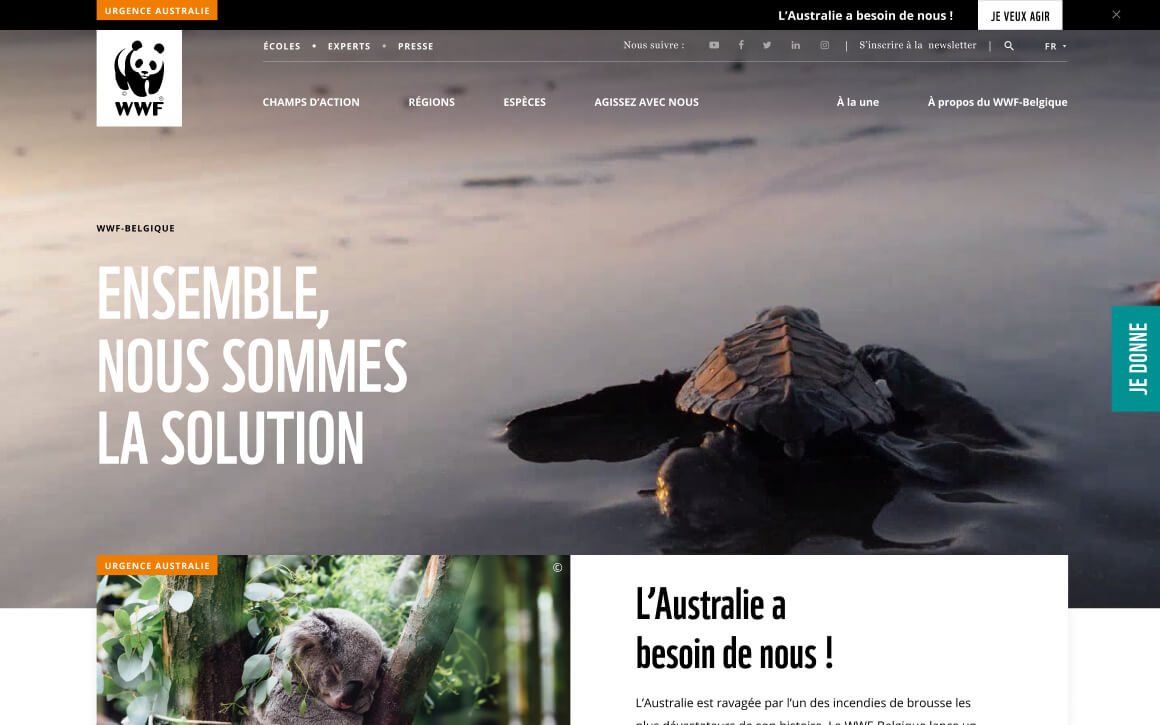
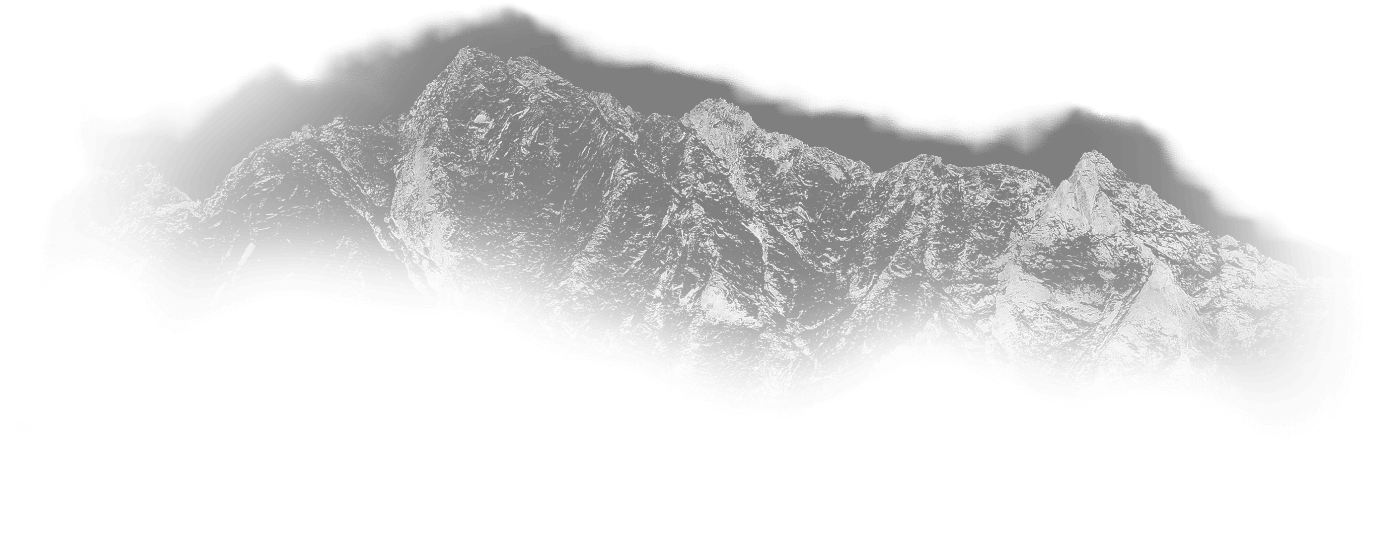

03 A visual feast for the eyes
Our design team had one main idea in mind: this was going to be a deeply immersive experience. It would remind users of that feeling you get when you’re suddenly confronted with nature’s overwhelming presence. Large, full screen videos in the background take you deep into the forest, where you are faced with a jaguar in its natural habitat. Interactive maps, iconography and animations allow you to explore regions, discover curiosities and make sense of worrying data.
The impactful visuals alert the user to all the grandiosity that is out there and all that is at stake right now. Raising this awareness is crucial, but overall, the visual universe remains positive, hopeful, and inviting.
An invitation to act
Donations and communal engagement are crucial to NGOs, and with WWF-Belgium it’s no different. Conversion, of course, was in our minds every step of the way. Every page should make it obvious and easy to act. We created a donation section that didn’t exist before, with different pages for the various ways users can contribute. Cards and iconography were used to help identify options intuitively and with as much transparency as possible.
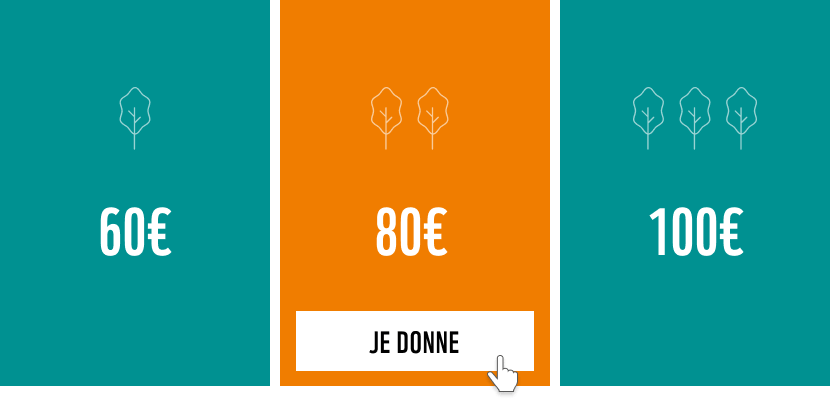
We used the nudging technique to strengthen the visibility of donations throughout the site - and so in comes our (adorable) star: a tiger on the corner of the screen invites you to join the cause from wherever you are, following you with his eyes as soon as you approach it. Seriously, who can resist that? Once users reach the donation section, their eyes can run quickly through the page and they know right away what can be done and how they can do it. Easy-peasy.
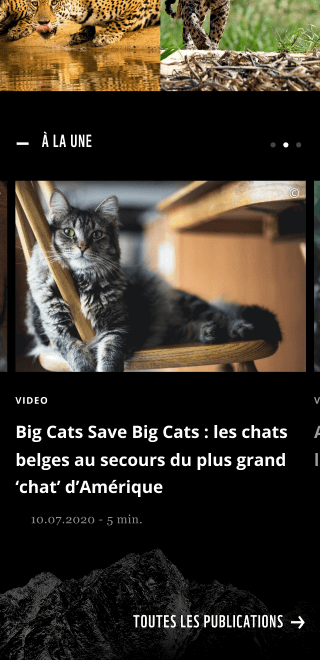
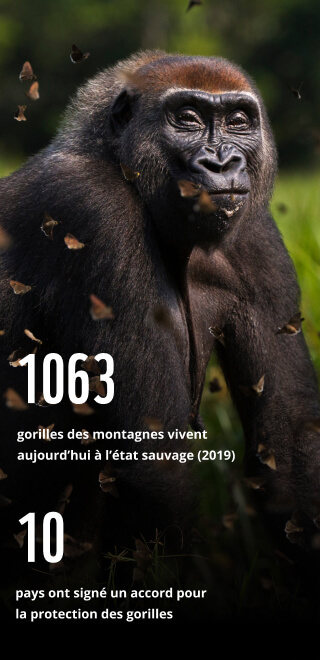
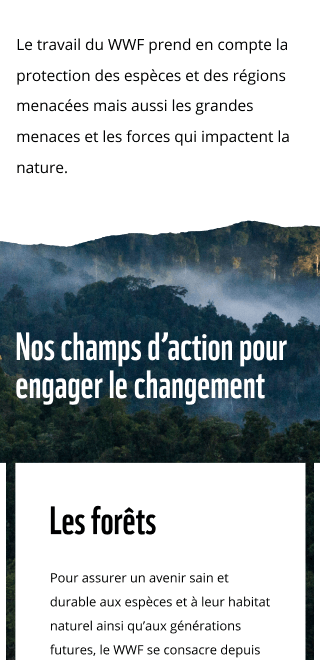



04 Every big tree needs big roots
For a project of this magnitude, we had to make sure the technical part would be able to support it. Crucial decisions had to be made to guarantee performance and abide by the client’s requirements.
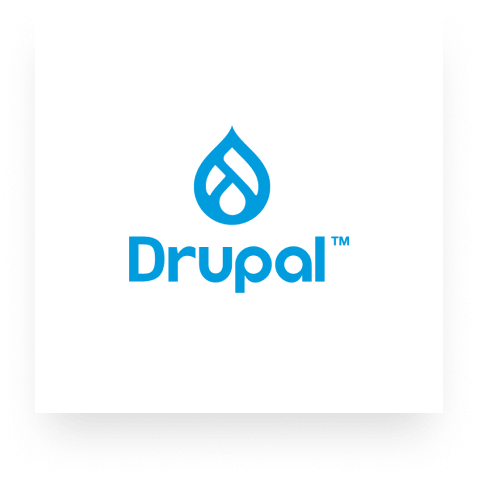
Time to upgrade to Drupal
After in-depth discussions about the requirements of the WWF-Belgium editorial team and paying close attention to the experience and know-how they had built with their previous websites, our recommendation fell without hesitation on the Drupal 9 Content Management System. The determining criteria were, in our eyes: the option of custom interaction with external solutions (CRM, donation management platforms or others), the ease of use of Drupal 9 when combined with the Gutenberg page builder, the flexibility of the Drupal framework and, finally, the remarkable reliability and security of Drupal 9. The new WWF-Belgium site includes many Content Types with their dedicated templates, multiple sets of fine-grained taxonomies... and complex multilingual workflows - as always in Belgium!
Hosting that feels right
WWF-Belgium was looking for a host that would meet the needs of its new configuration. But WWF is also attentive to its digital footprint and environmental criteria such as the PUE (power usage effectiveness, or how efficiently a data centre uses energy), the type of cooling, the energy sources; all were decisive criteria in the choice of host, as well as the performance.
The WWF-Switzerland site, which also runs under Drupal, was hosted by Infomaniak, so we took a closer look at the company as an ecological host.
Infomaniak’s commitments in this area, its good PUE, its ISO 50001 and 14001 certifications relating to energy and environmental management were favourable criteria, as was the fact that Infomaniak operates its own data centres. WWF also appreciated the transparency shown by the company with regard to its environmental commitments, as this information is not always easy to obtain.

Is there a life beyond VM-based cloud vendors?
We’ve been hosting dozens of projects, big and small, with all the major PaaS players for many years now, but they were all based on the same “we’ll resell some VM capacity in our share of a GAFAM-owned datacenter” principle, and as such none of them could fit the environmental criteria expected by the WWF-Belgium. So we embraced their high expectations, and kept looking.
We found that Infomaniak was ticking all the right boxes, and had a major offering based on Jelastic to build an extensive containerised cloud infrastructure based on Kubernetes.
Why move beyond the VM and embrace the cloudlets?
First of all, the activity on the WWF-Belgium site is quite seasonal and Jelastic allows us to reduce the sails automatically during the quieter months, and to ramp up at the end of the year when the fundraisers are more active - without ever risking making the site unavailable during this transition.
What's more, it's not unusual to generate 80% of the whole year’s traffic in a matter of days, without warning - like in early 2020 when the terrible fires in Australia sparked huge interest in WWF-Belgium's work. With Jelastic, we can very quickly and effortlessly deploy a large number of micro instances (cloudlets) to handle these peaks in traffic.
